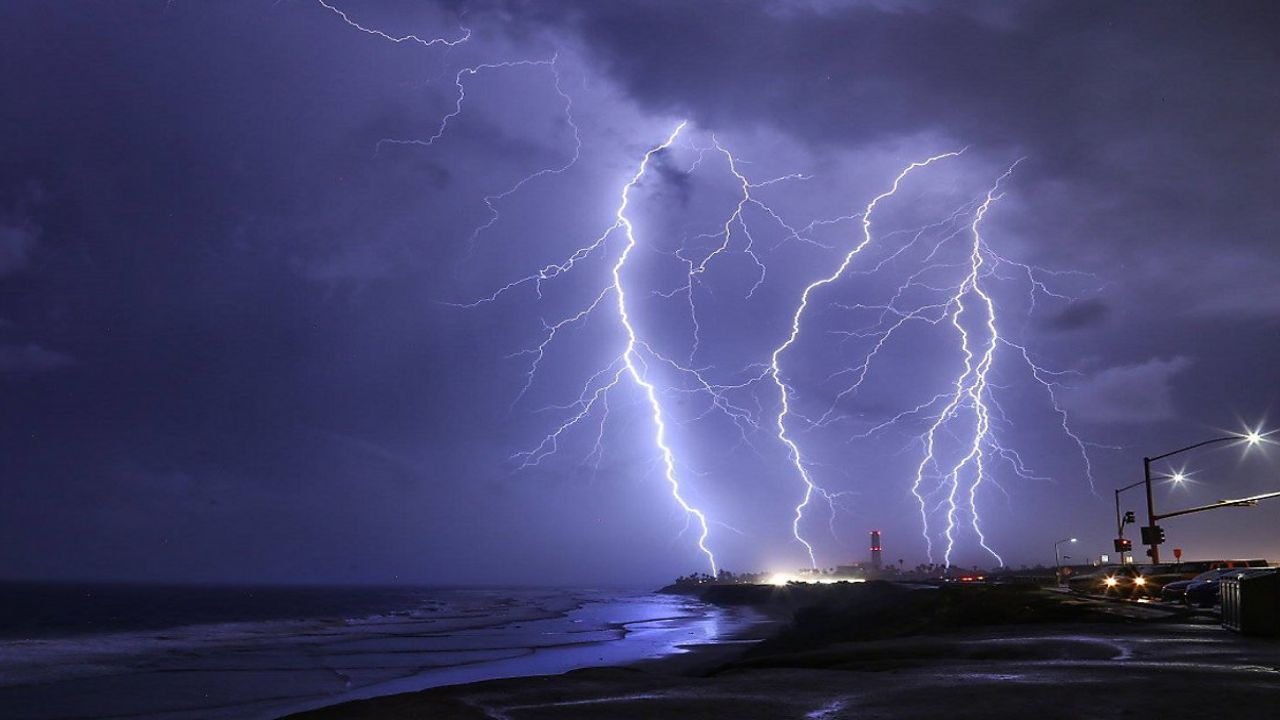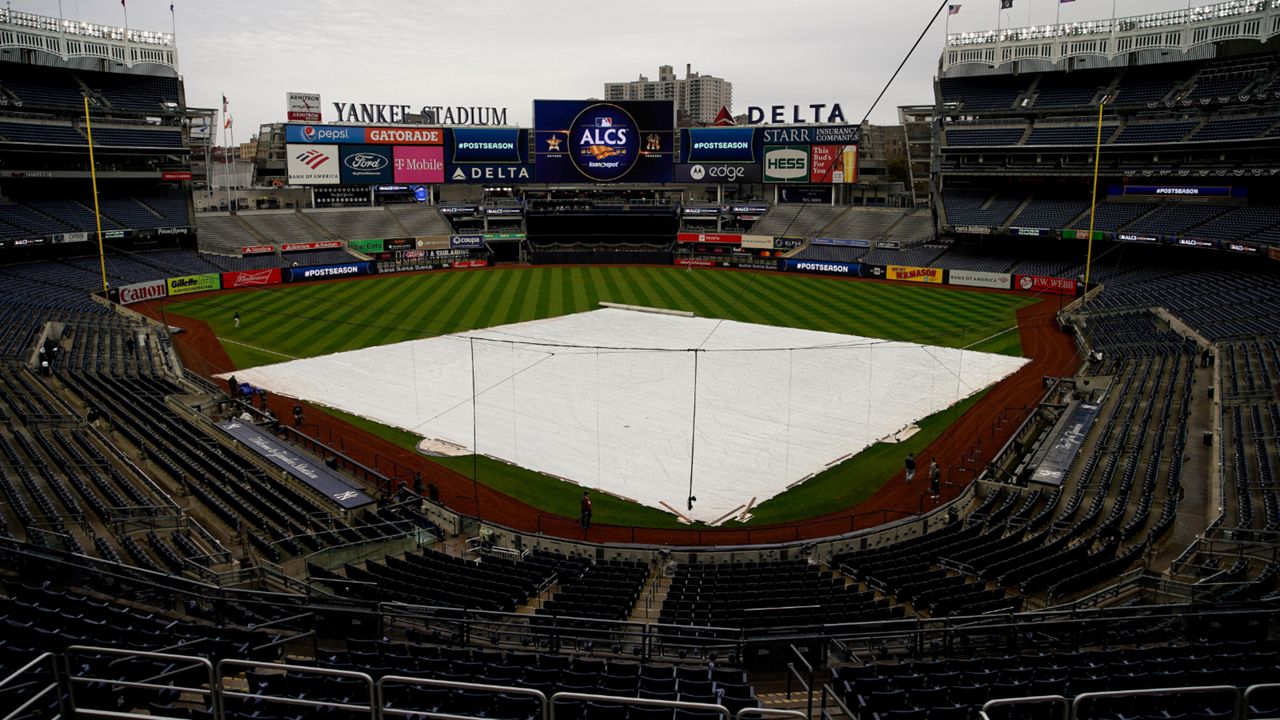Tropical-fueled thunderstorms have occurred for two weeks in a row in Southern California, which begs the question: how common are these storms, and can they make a dent in our rain deficits?
Unfortunately, the quick answer is no. Summer thunderstorms are not typical in Southern California, and they generally don’t account for a lot of our annual rainfall.
Only rarely will they produce enough rain to make a significant contribution to rain totals or a big dent in any deficit.
Wednesday’s storms did produce accumulations across the mountains and even some valleys, but not a ton.
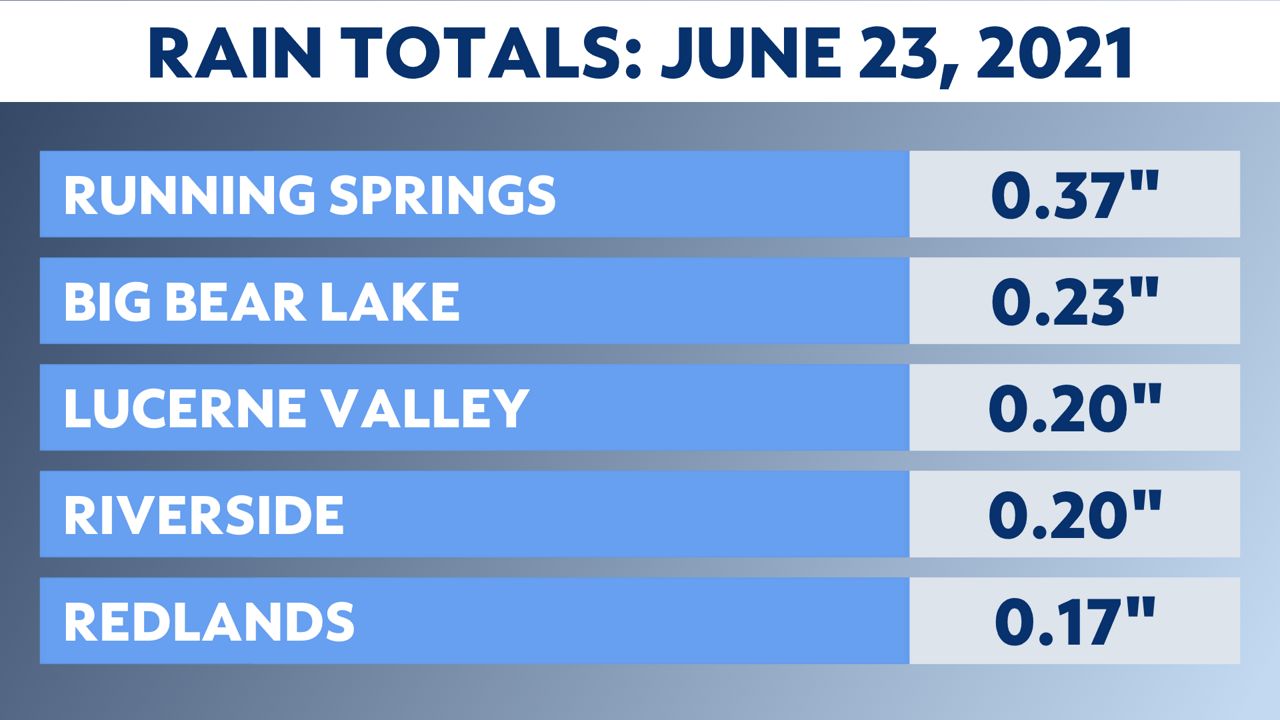
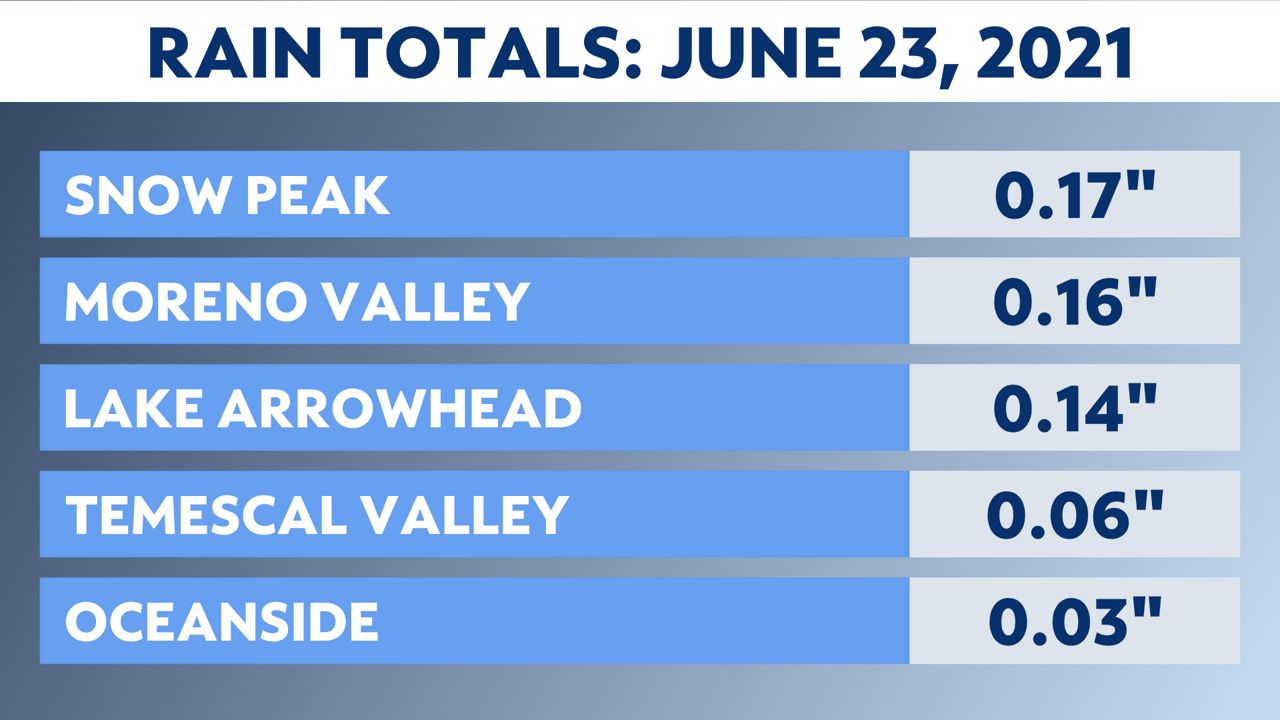
While this rain was enough to keep lightning from sparking any fires, it hardly accounts for much of our seasonal averages, except for in the mountains, where there is a slightly higher expectation of summer thunderstorms.
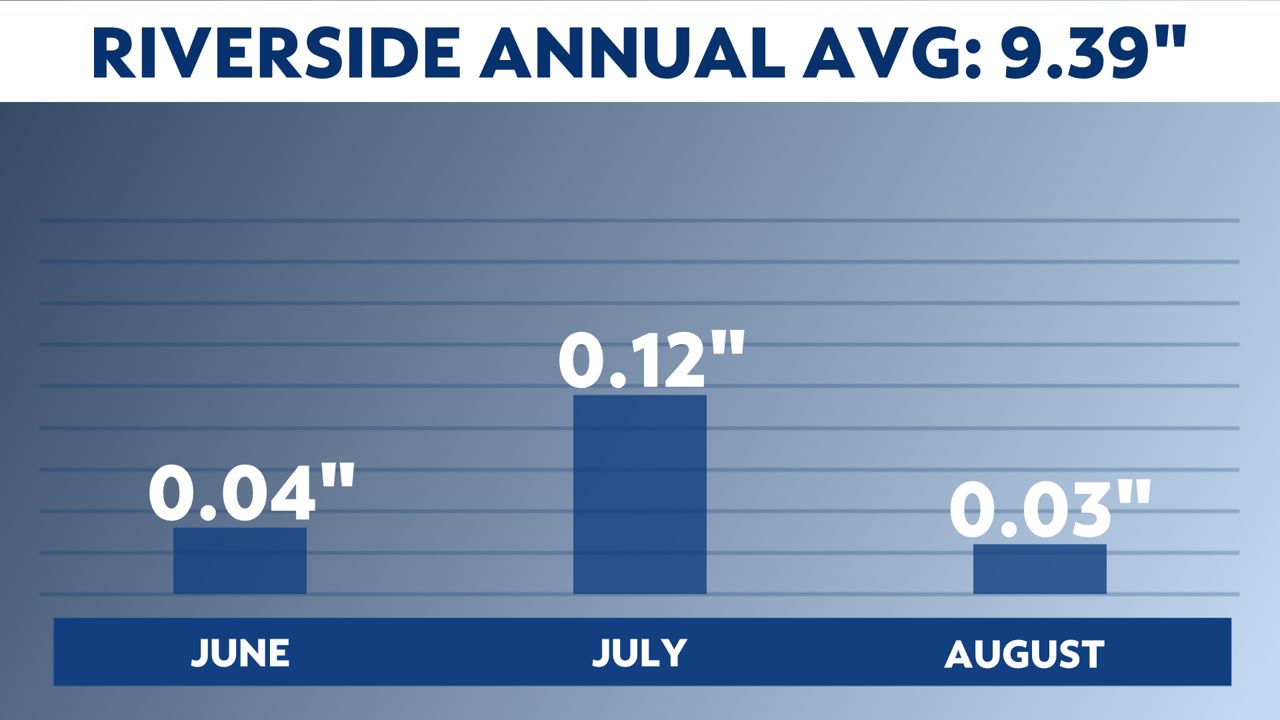
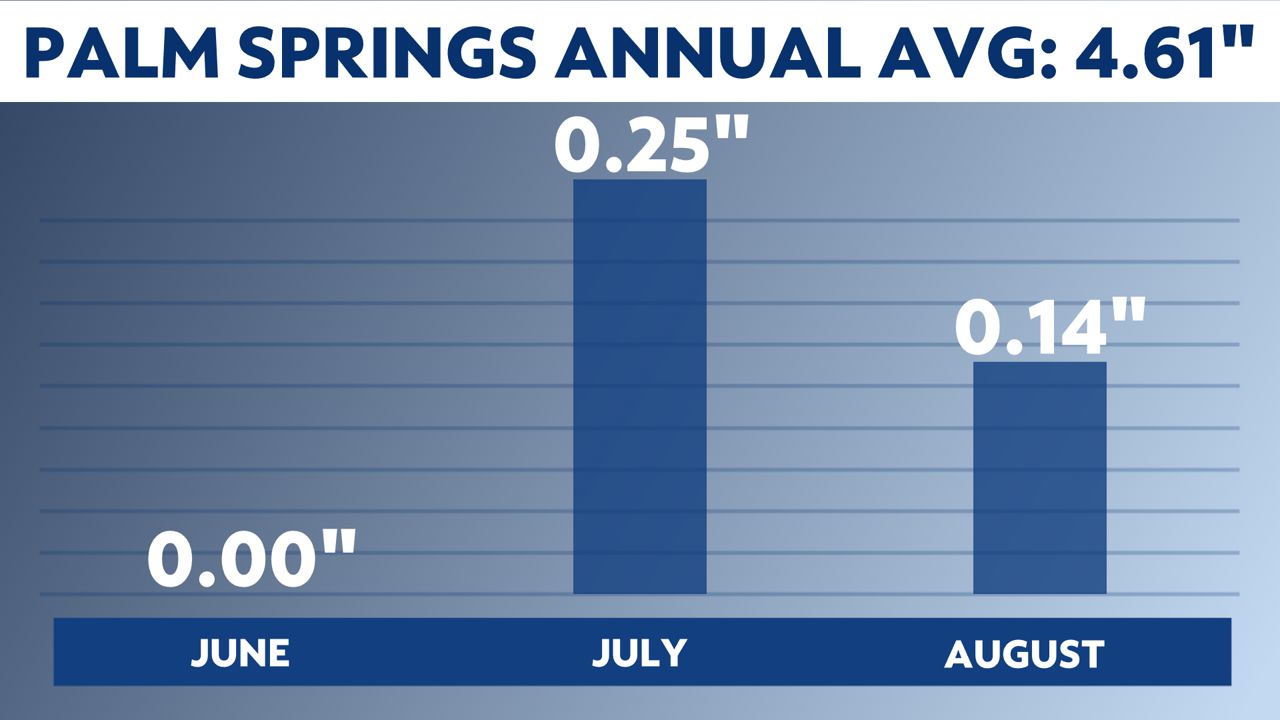
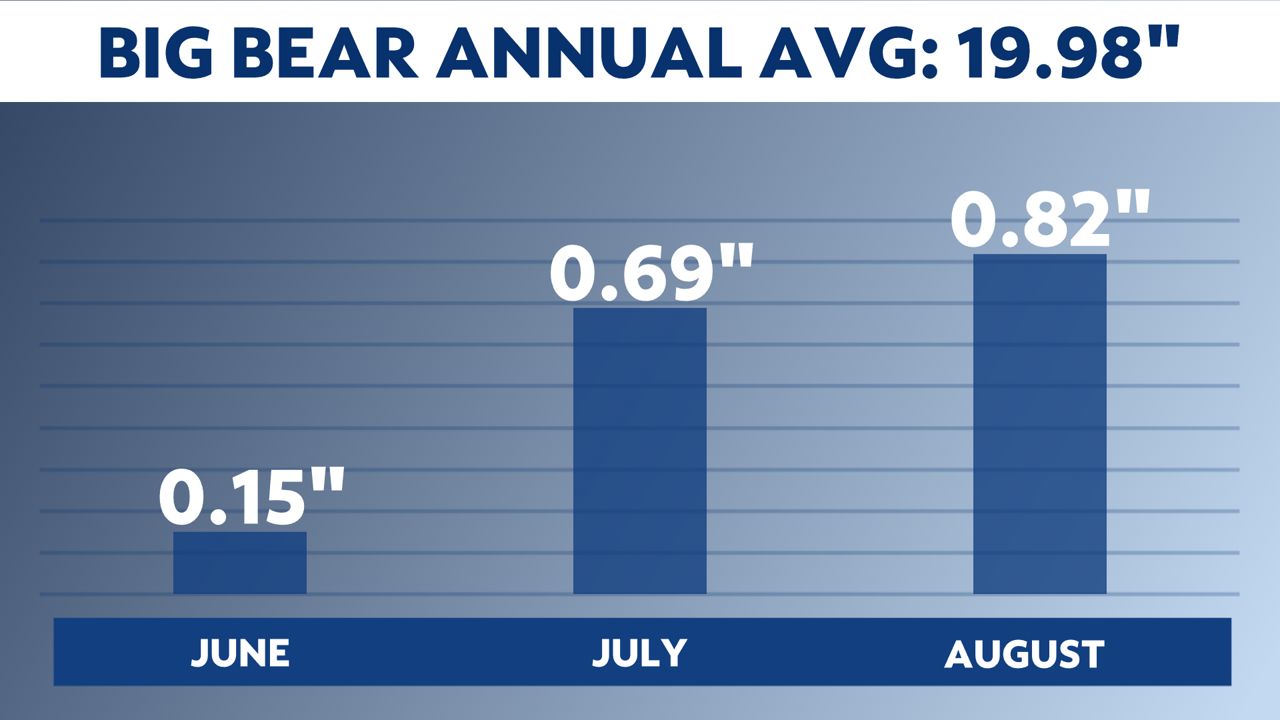
Let’s look at an example on the other end of the spectrum: July 18-19, 2015.
The remnants of a hurricane swept through Southern California, dumping 1.03 inches in San Diego at Lindbergh Field on Saturday, July 18, and 0.66 inches fell at the same location on Sunday, July 19, which accounts for 17% of the average annual rainfall.
Riverside picked up a combined 1.89 inches—or 20% of its annual rainfall. Even Palm Springs recorded a combined 0.42 inches—which is nearly 10% of its annual rainfall.
This was quite a rare occurrence, and averages over these months are far lower because of the scarcity of summer storms in our Mediterranean climate.
California’s rainy season is fairly predictable since it is part of a Mediterranean climate. It is a temperate climate enjoyed by West-facing coasts in the mid-latitudes, between 30 and 45 degrees latitude, in both the Northern and Southern Hemisphere.
Mediterranean climate zones in the Northern Hemisphere typically stay dry from April through September, with the exception of the occasional tropical-fueled storm.
With climate patterns shifting across the globe and climatology starting to change, it’s possible that California may shift slightly away from its typical Mediterranean climate rainfall pattern and get more substantial totals in the summer.
Even though we've had a string of thunderstorm days lately, it's still a relatively rare occurrence to get thunderstorms in general in SoCal, especially in the summer.






